Identification: An elephant in poor conditions is reported or offered for retirement.
Elephant Jungle Sanctuary (EJS) in Chiang Mai was founded with a mission to give elephants the happiness, health, and freedom they truly deserve. Deeply committed to ethical tourism and sustainability, the sanctuary provides rescued elephants with lifelong care, a natural habitat, and world-class veterinary support through partnerships like The Care Project Foundation.
Every experience at EJS is designed around the elephants’ routines, ensuring interactions are respectful, educational, and cruelty-free. Beyond elephant welfare, EJS supports local communities by creating jobs, sourcing food locally, funding education and infrastructure projects, and promoting environmental conservation through reforestation and eco-friendly practices.
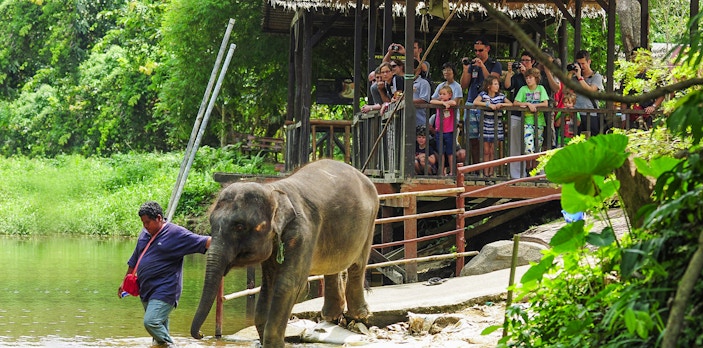
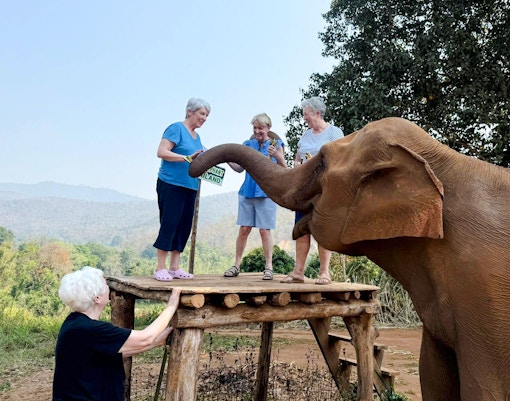
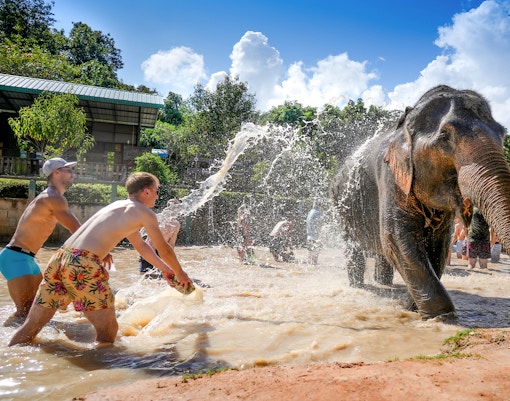
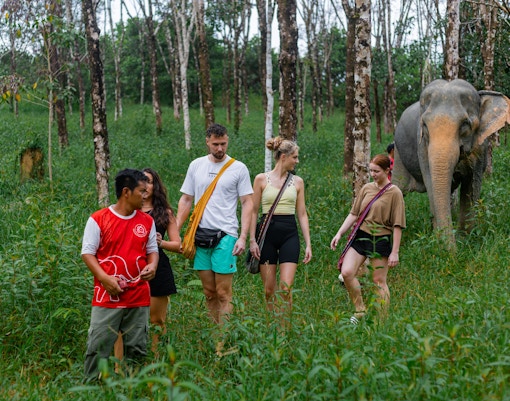
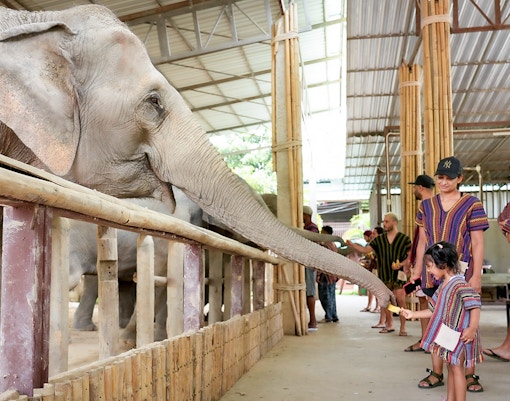
Once used for war, logging, and shows, elephants were left without work after logging was banned in 1989. Sanctuaries emerged to give them freedom, care, and dignity.
The 1990s–2000s saw the first wave. By the 2010s, “no riding, no tricks” became the new norm.
To give elephants a better life — no chains, no pain, just freedom, vet care, and love.
They’re identified, transferred, given vet care, introduced to other elephants, and enjoy daily enrichment.
No riding. No shows. Small groups. Free-roaming elephants. Full transparency.
Nope. But you’ll get to walk beside them, feed them, and watch them enjoy life — naturally.
Baths, mud, naps, forest walks, social time, and snacks — just how it should be.
Local mahouts, trained vets, and passionate caregivers.
Absolutely. Your ticket covers food, meds, wages, and conservation projects.
Yes, from a respectful distance. No forced selfies.
Yes. Some guides also speak Thai or Mandarin (check availability).
Something comfy and okay to get muddy! Bring bug spray and a change of clothes.
November–February (cool and dry). Rainy season is splashy and fun too.
Chiang Mai Elephant Sanctuary Guided Tour
Chiang Mai Elephant Sanctuary Full-Day Guided Tour with Waterfall Visit
Chiang Mai Elephant Sanctuary and Doi Sethup Full-Day Guided Tour
Chiang Mai Elephant Sanctuary Half-Day Guided Tour with Bamboo Rafting
Chiang Mai Elephant Sanctuary Full-Day Guided Tour with Mama Noi Thai Cooking Class
Chiang Mai Elephant Sanctuary and Doi Inthanon Park Full-Day Guided Tour